Three-cylinder exit at VW Golf
We go back to 1974: the year Volkswagen presented the Golf as the successor to the Beetle. Until then, it had been considered one of the most successful models in automotive land. The Beetle with an air-cooled boxer engine and rear-wheel drive made way that year for a car with the engine at the front and front-wheel drive: the VW Golf. Revolutionarily different, then, and a bold choice.
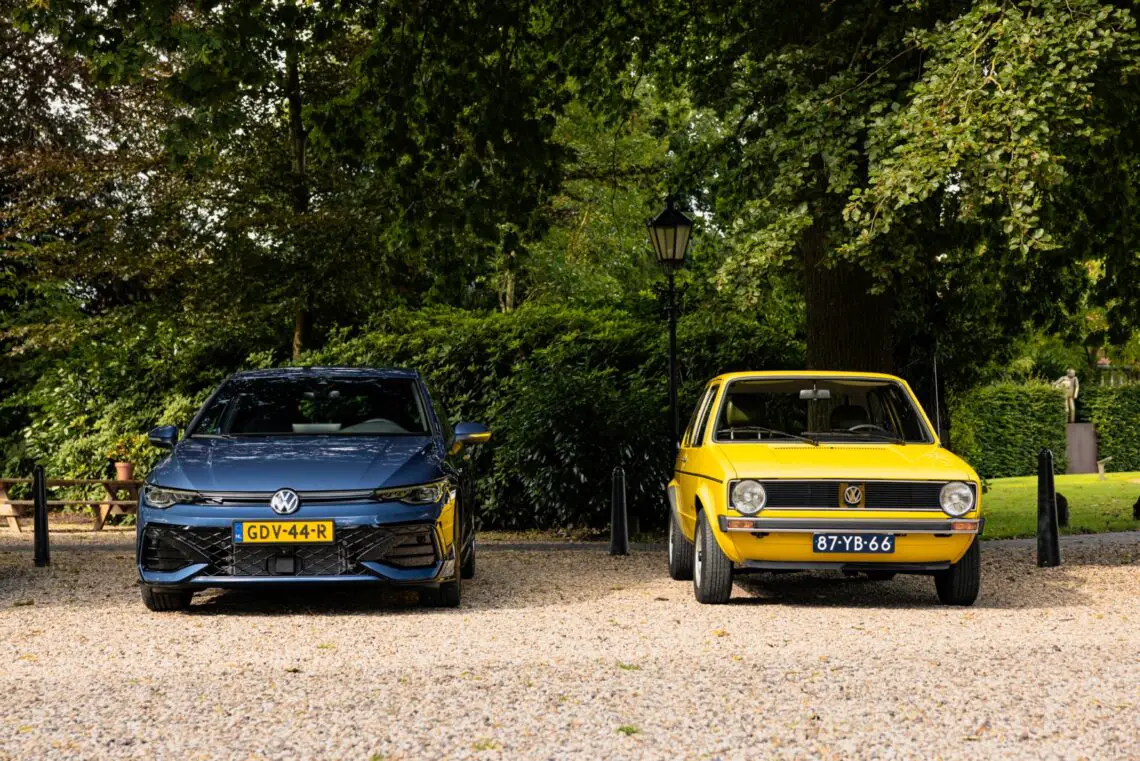
Turnaround
Would VW Beetle drivers swallow the turnaround? Now, fifty years later, we know the answer. The Volkswagen Golf is one of the most successful models worldwide. The first-generation Golf from the hand of Italian master designer Giorgetto Giugiaro proved to be a hit. The Beetle driver remained loyal to the brand. It was the prelude to a brilliant period for the producer.
Eighth-generation Golf
Meanwhile, we have arrived at the eighth generation VW Golf. For fifty years, the hatchback’s contours have evolved from angular to rounder and more streamlined. The model has also grown considerably in fifty years. The current Golf has the dimensions of what would have been called a large car at the time.

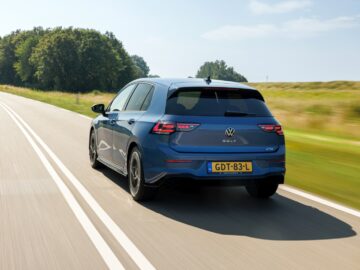
900,000 Golfs in the Netherlands
More than 37 million VW Golfs have been sold worldwide in 50 years, of which just over 900,000 have been sold in the Netherlands. Right now, it is still one of the most common models driving in our country. That includes specimens from the first three generations. That does say something about the quality of those old Golfs and and also shows that many drivers are loyal to the brand and this model.

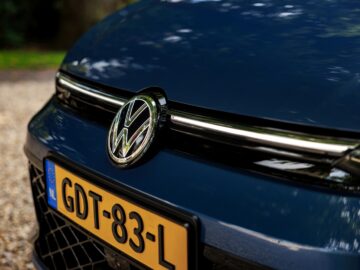

Front facelift
Never change a winning team! Changes now are evolutionary and not revolutionary as was the case at the time of the transition from Beetle to Golf. The current facelift of the eighth-generation Golf is minimal. You should actually see the pre-facelift version next to it. Then you can see that the bumper looks just a little wider because of the black-framed sides and the headlights have also been made a little narrower. Furthermore, an illuminated VW logo is possible in the grille.

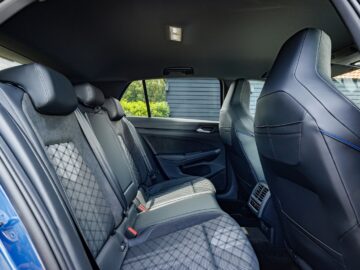
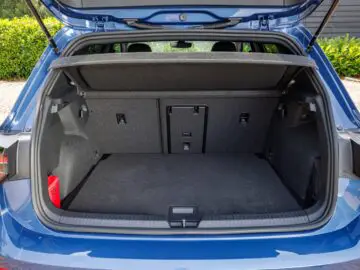

Facelift interior
In the interior, a large touchscreen (32.8 cm diagonal) now adorns the center of the dashboard. The “sliders” below for controlling interior temperature, among other things, are now illuminated. In the steering wheel, Volkswagen has opted for more traditional buttons and rotary switches instead of the mini-touchpads you used to control functions from the steering wheel. This change was reportedly made after feedback from customers. ChatGPT has also been introduced, for smoother voice control and as a question box for anything and everything.
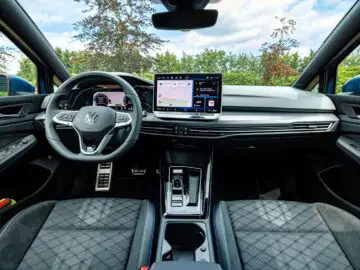
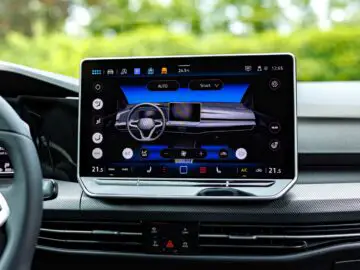
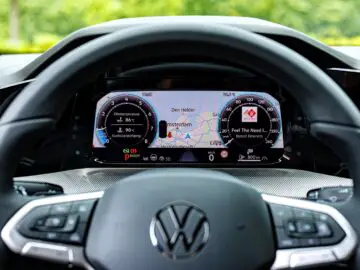
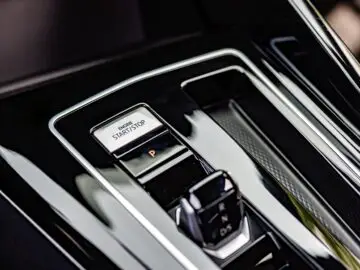
No more three-cylinder
Looking under the hood, here, too, things have been addressed. The three-cylinder 1.0 powerplant is no longer the base engine. The entry-level model is now a four-cylinder 1.5 TSI with 85 kW (116) or 110 kW (150 hp). We drove the first one in combination with a seven-speed DSG automatic transmission and it convinced. The powertrain responds directly to the throttle and does so confidently with eagerness. That’s because of the 48v mild hybrid technology. An electric motor assists when pulling away and when shifting gears, and as a result, the DSG transmission seems to respond more smoothly and, above all, more attentive when you want to cross an intersection from a standstill just as smoothly. The battery is recharged with braking energy along the way. Consumption comes to 5.3 l/100 km, according to Volkswagen, which is almost the same as the pre-facelift version with the three-cylinder base engine.
VW Golf eHybrid: 142 km electric
With the facelift, the plug-in hybrid was also taken in hand. This VW Golf eHybrid now has a significantly larger battery of 19.7 kWh on board, allowing up to 142 km of pure electric driving (WLTP). In addition, fast charging is possible with up to 40 kW, so the battery is full again in half an hour. Volkswagen had initially maintained a lower range, but after recent WLTP measurements, up to 142 km on average appears to be achievable. This makes the Golf the leader in its segment. Also interesting: the maximum towing weight is 1,700 kg! As standard, the powertrain has a six-speed DSG.
And then the prices
Delivery of the facelifted Golf begins with the two 1.5 TSI variants at a price starting at 34,990 euros. Then you have the base version with 85 kW (116 hp) and a six-speed manual transmission. Basic does not apply to the equipment, by the way, as standard it already has the digital cockpit, LED lighting, the Ready to Discover multimedia system, climatronic air conditioning, parking sensors and adaptive cruise control. The Golf Variant station wagon comes from 35,990 euros. The Golf eHybrid with a system output of 150 kW (204 hp) arrives in August and starts at 44,490 euros, in a more richly equipped and limited 50 Edition version. The sportier GTI, GTE and Golf R will follow in September; the latter has an engine with 245 kW (333 hp), the GTE delivers 202 kW (275 hp) and the GTI “only” 195 kW (265 hp). This is the first time that the plug-in hybrid GTE is more powerful than the GTI.

